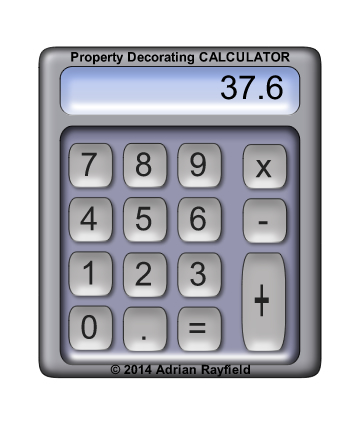Painting, decorating and home improvement tips blog
Getting your home ready for winter
Posted by Adrian
December 8th, 2014
Getting your home ready for winter
After such a mild autumn we could be in for a harsh winter, so being prepared in advance is vital. Doing essential jobs before the winter sets in could prevent any issues during the winter months.
If you own property and rent it out it is advisable to get your rented property checked over as well, prevention is better than cure as they say.

What to check and fix before the winter
Things such as heating, boilers and radiators are the most obvious things to check and service before the winter, but less thought about things such as gutters and drains also need to be looked at.
Boiler, radiators and pipes
Getting your boiler serviced (by a qualified engineer) could not only prevent a break down when you need it most, but if it runs efficiently it could also save money on your gas bill.
Radiators should be bled to ensure no air is in the radiators and they can supply you with efficient heat, you can tell if your radiator needs bleeding as they will have a cold spot at the top, if it is cold at the bottom, this indicates a buildup of sludge and rust, this should be flushed out to get the most from your radiators this winter.
Pipes, these should be lagged including any pipes outside such as in outbuildings or garden taps. If pipes are not lagged and they freeze, they could burst and cause flooding.
You can read about how to avoid freezing pipes on our Rayfields site.
If you are going away, or you have a empty rented property, it is a good idea to leave the heating on low just to prevent pipes from freezing. Now is also a good time to know where stop cocks and valves are, just in case of an emergency.
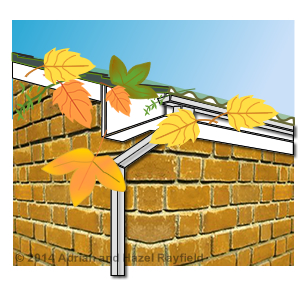
Roofs, gutters and drains
Roofs take a battering in the winter with strong winds, rain, sleet and snow. It is a good idea to give it a visual inspection from the ground. If you have access to a ladder you could look at it closer but don’t get on the roof without the necessary safety equipment. Look for missing or broken tiles including ridge tiles, look at the state of the chimney if you have one. If anything needs repairing get it done sooner than later as roofers can get busy.
Gutters get full of falling leaves and can block the downpipes, clear guttering out and fit a downpipe leaf guard to stop debris falling down the downpipe. Also check where the downpipe goes, is it an open drain, does this flow well or is it blocked? A blocked drain could cause damp to your property.
You can read a post I did about cleaning out your gutters on our Rayfields site.
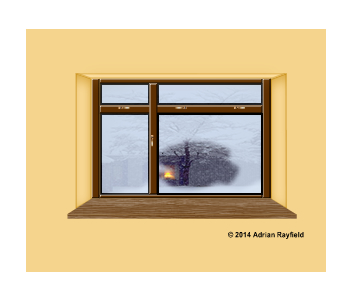
Insulation, doors, windows
Does your loft have enough insulation in it? Are any pipes and hot water tank properly lagged all these should be looked at for both rented and private owned properties. Are you walls cavity insulated or can they be, you may even be able to have it installed for free. So it is worth a little time checking.
Do your windows and doors fit and close as they should? If you have draughts you could fit draughts excluders around windows and doors. If your windows don’t shut well because the handle is broken, get it fixed, reducing draughts will help keep the heat in and cold out, thus saving on heating bills.
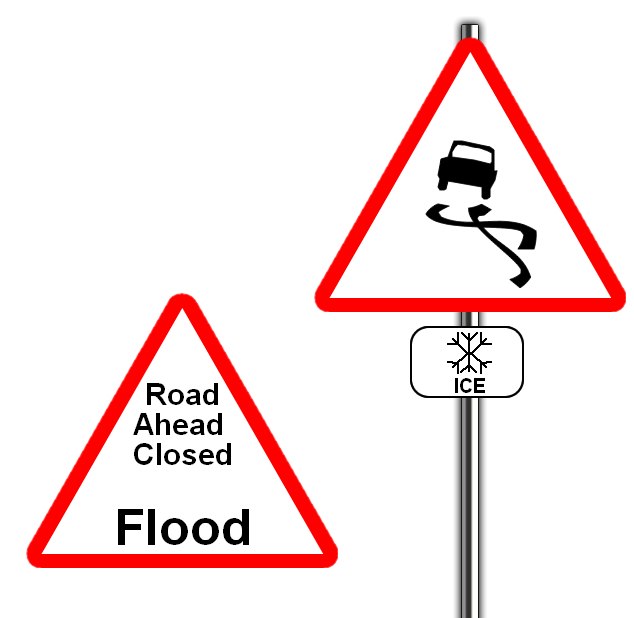
Tags: Bleed, Boiler, Doors, Drains, Freeze, Guttering, gutters, Home, House, Insulation, Pipes, Property, Radiators, Rented, Roof, Windows
Posted in Decorating Tips | No Comments »
Why does wallpaper have different batch numbers
Posted by Adrian
October 30th, 2014
Why does wallpaper have different batch numbers
A question I get asked from time to time or see a search on our property decorating website is why do wallpaper rolls have different batch numbers, and why are they important?
All wallpapers, not lining papers, should carry a batch number and colour number code on their label. If not on the label then maybe on a sticker on the end of the roll. It is important to look out for these batch numbers and colour numbers when purchasing your rolls of wallpaper.
It is important to ensure all batch numbers are the same when purchasing wallpaper to ensure good colour and pattern match between each roll.
Why are there different batch numbers for the same design of wallpaper
You will notice that some rolls of wallpaper have different batch numbers on the rolls even though the design and pattern are the same, this is because wallpaper manufacturers make a large amount of rolls of wallpaper in one go, or batch. When one batch is completed each roll made from this batch run will carry the same batch number.
When a new batch is run off a new batch number will be used, a slight difference between batches may occur in colour. So to avoid disappointment of your finished job ensure all batch numbers are the same before starting the job, if they aren’t change the rolls so all the batch numbers match.
You may also wonder what the other symbols on the wallpaper roll mean.
What do wallpaper symbols mean
If you look at the label of a roll of wallpaper you will notice some odd looking symbols on it, such as this one. 
This symbol actually means the wallpaper is ‘Extra Washable’ so can be used where it may get splashes or dirty and wiped with a sponge for example, but it isn’t a scrubbable paper as that would be this symbol. 
For more symbols and their meaning, see our Wallpaper Symbols page.
Measuring for wallpaper
Before going out and purchasing rolls of wallpaper you will need to know how many rolls to buy, we have a handy wallpaper calculator on our website to help you work out how many rolls of wallpaper you will need. All you need to do is follow the instructions on the page and the calculator will work out how many rolls you will need to purchase. It is a very straight forward wallpaper calculator unlike some others that can be very time consuming and complicated, and we even have included and feet to meters converter and should only take a couple of minutes from start to finish to get your result.

Tags: Batch Number, Lining Pape, Roll, Wallpaper, Wallpaper Calculator, Wallpaper Symbols
Posted in Decorating Tips | No Comments »
Is it OK to use lining paper on kitchen walls
Posted by Adrian
September 26th, 2014
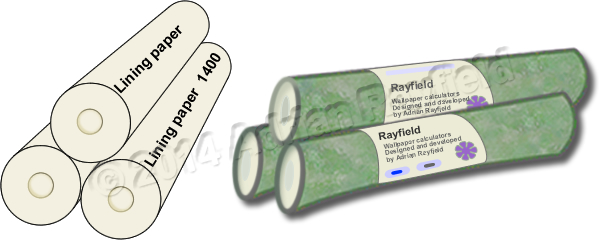
Is it OK to use lining paper on kitchen walls
Lining paper is used to give a good base to either emulsion or wallpaper over. As long as the preparation is done well and the lining paper is stuck well to the walls, then lining paper is OK to use on kitchen walls.
Safety first
As with all wallpapers, lining paper shouldn’t be hung near naked flames or any ignition source, this is especially true in kitchens.
How much lining paper do I need for my kitchen
It is easy to measure for lining paper, all you require is a tape measure, pencil or pen and a note pad.
Measure the height and perimeter or the walls to be lined and make a note of these measurements. Then go to our wallpaper calculator and enter these measurements, the calculator will then tell you how many rolls of lining paper you need to buy.
What grade of lining paper should I use
Lining paper comes in different thicknesses, known as grades or gauge. Typically in most cases 1200 or 1400 gauge lining paper will be sufficient. However if your walls are in a really bad condition you could use a thicker lining paper such as a 2000 gauge lining paper. You can also buy specialist papers such as thermal liners, soundproofing liners and damp proof liners, but typically standard lining paper will suffice.
Use a good quality paste and follow the manufactures instructions for mixing paste.
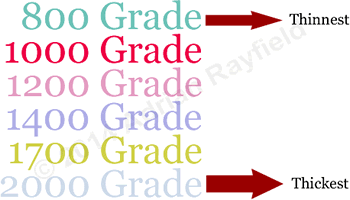
Do you need lining paper
Lining paper is not a miracle cure, and it isn’t an easy option that means you do not have to do any preparation, you do. Lining paper isn’t a substitute for good preparation, taking time to fill and sand walls could be a better option than hanging lining paper.
Lining paper is ideal to give good sound base for wallpaper and emulsion but shouldn’t be thought of as a quick fix to smooth walls.
Tags: Gauge, Grade, Kitchen, Lining Paper, Paste, Wallpaper, Wallpaper Calculator
Posted in Decorating Tips | No Comments »
